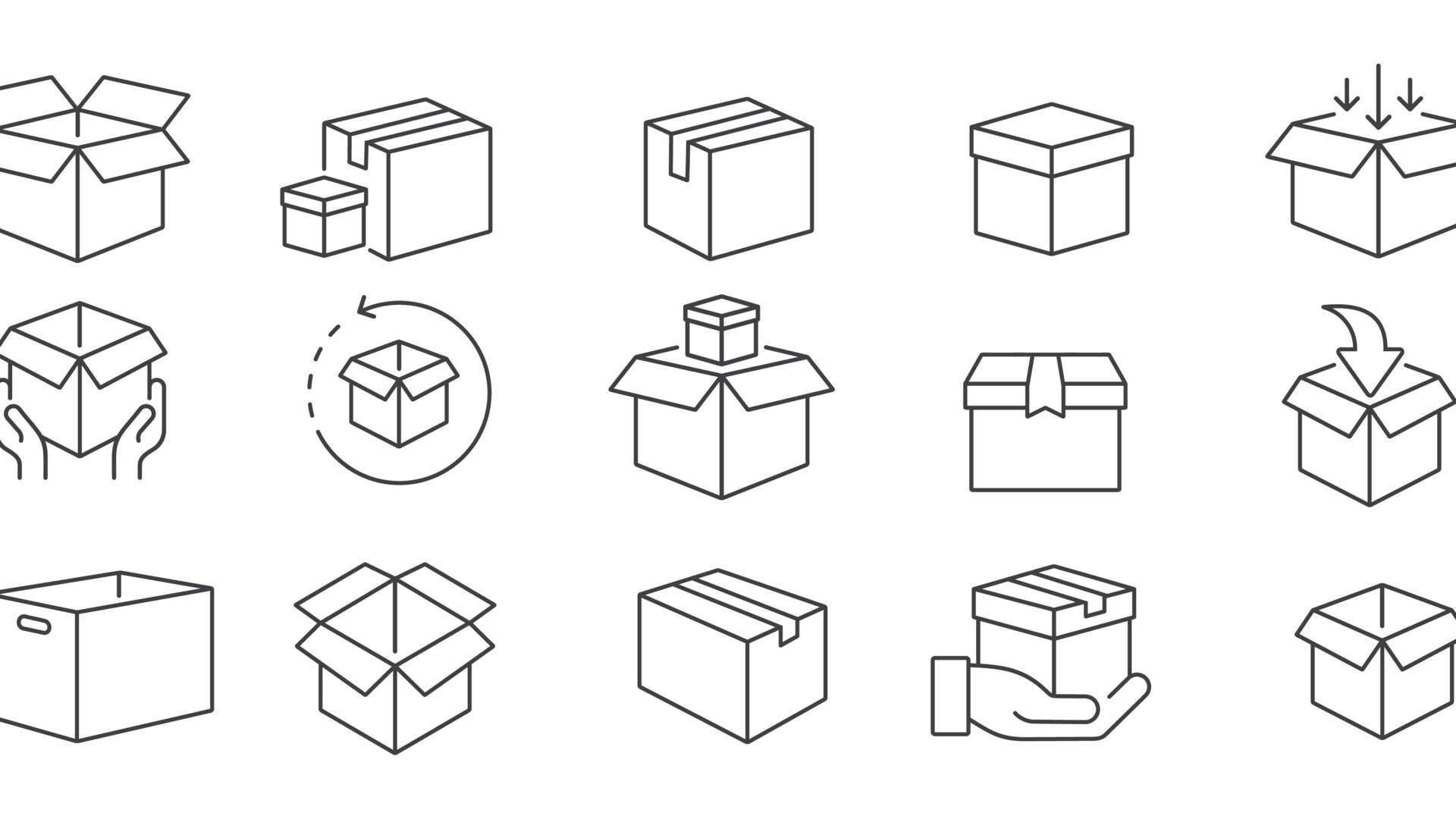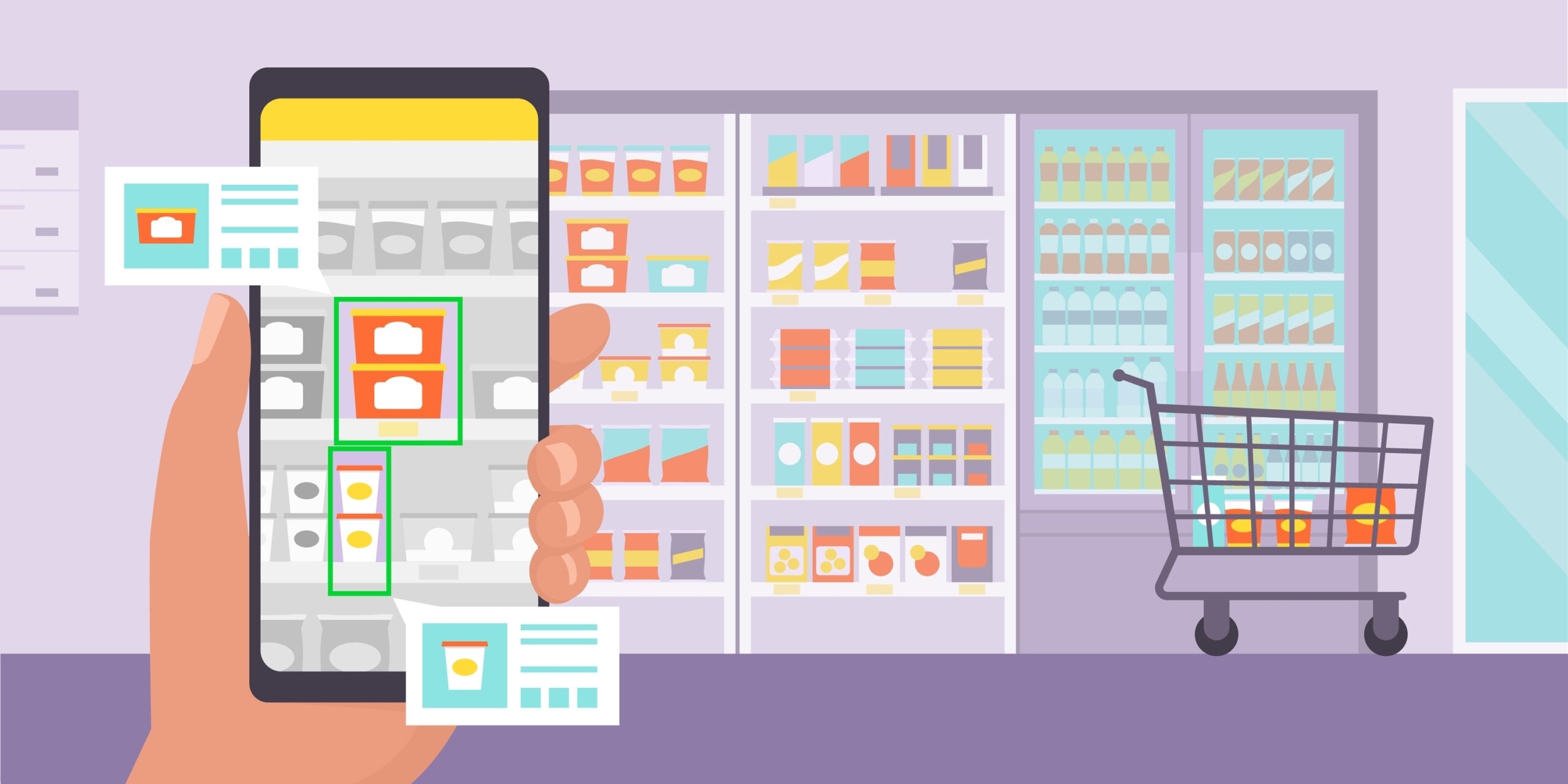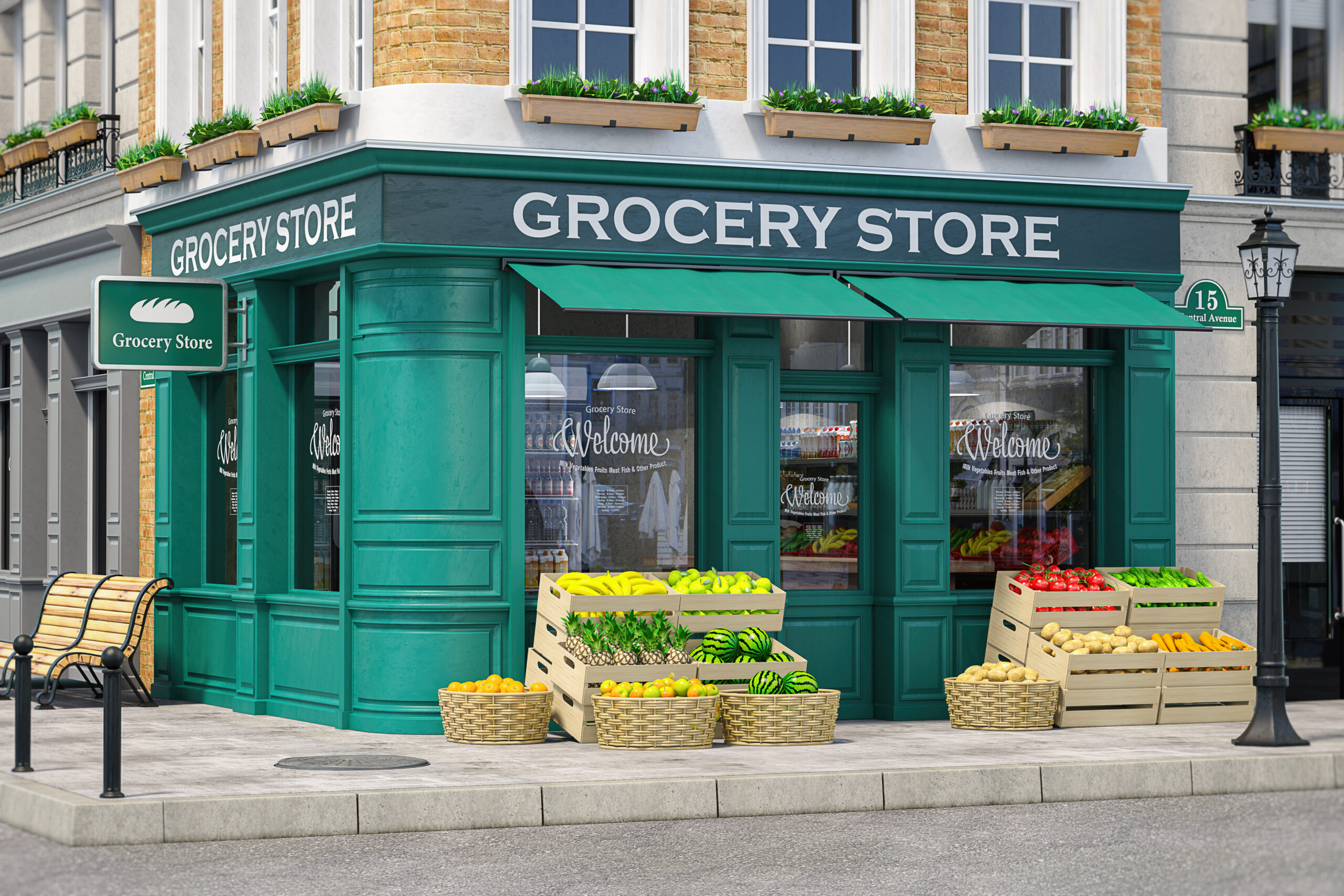Packaging decisions can make or break a brand’s success, as customers are increasingly drawn to products that capture their attention and align with their preferences. According to Packaging of the World, 70% of consumers form their impression of a brand based solely on packaging. Based on research conducted by Nielsen, 64% of customers try a new product because the package catches their eye, and 41% will continue to purchase a product because they prefer its design.
These are well-known facts to most consumer packaged goods (CPGs) and retailers, as many have upped their game in recent years and steered clear of making packaging decisions on a whim. However, due to the inherent flaws of conventional packaging decision strategies, CPGs are still grappling with inconsistent sales and low consumer engagement. Customer preferences around packaging materials and design are also continually evolving, meaning CPGs have to remain innovative or risk being shaped out. Fortunately for them, big data is a major player in helping brands level up their packaging strategy.
Forward-thinking CPG companies use big data and cutting-edge technologies to revolutionize their packaging decision strategies. For those interested, we are providing insight into what you should know when it comes to using big data to transform packaging decision strategies for maximum impact and profitability.
Traditional packaging decision strategies
Packaging decision strategies that once worked well are slowly fading into the background. They include but are not limited to:
- Surveys and focus groups: In a survey, companies gather data by asking individuals to answer a series of packaging-related questions. Focus groups, on the other hand, involve a small group of people and a trained moderator talking about packaging options. In this context, companies can gain insight into what resonates with shoppers. Feedback obtained from these endeavors is the recipe for a new strategy.
- In-store observations: By keenly tracking how customers are making their purchases, CPGs can get a better understanding of how packaging drives their decisions. In practice, this means strategically placing individuals in stores to monitor customers’ behaviors and purchasing decisions.
- Sales data analysis: This entails monitoring and slicing through sales data to try and understand product performance and packaging’s role in it. CPGs then make decisions based on the output of the analysis.
- Competitor analysis: No packaging design is completely flawless. This strategy allows CPGs to examine their competitors’ weaknesses and best practices. Then, they use the insight they uncover to drive packaging decisions.
Limitations of traditional strategies
Conventional packaging decision strategies have pushed the needle forward and made progress in their own way, but there are undeniable limitations that should not be downplayed, including:
- Reliance on subjective feedback: CPGs that rely on surveys and focus groups to refine their packaging decision strategies almost always end up with biased feedback. Crafting an entire strategy based on the perceptions, emotions, and intuition of a few individuals is not the best way to capture widespread attention.
- Limited sample sizes: A sample size that is too small reduces the power of a survey and increases the margin of error, rendering the survey meaningless. Unfortunately, large sample sizes are a rare occurrence in the world of packaging. That is typically because packaging-oriented surveys often focus on a particular product or niche, such as food or pharmaceutical packaging. Other contributing factors include privacy concerns and the fact that packaging-centric surveys may not be as appealing or interesting to the general population as other topics.
- A narrow focus on aesthetics: Traditional strategies often emphasize the visual appeal of packaging, such as its design and brand name. While aesthetics are important, an exclusive focus on appearance means that other vital factors, such as convenience and functionality, may not be given as much attention. Inevitably, this paves the way for subpar packaging decisions across different product categories.
- Insufficient sustainability considerations: Sustainable packaging is currently top-of-mind for consumers and regulatory bodies, and that won’t change anytime soon. However, traditional strategies may not adequately explore the environmental impact of different types of packaging. By not integrating or prioritizing sustainability criteria, CPGs may face criticism or lose out on eco-conscious consumers. For context, 71% of customers are actively choosing products due to the sustainability factor of the product packaging.
- Limited consumer insight: Traditional strategies hardly capture customer insights in their entirety. They usually rely on historical data or general market research, which may not paint an accurate picture of customer behavior, ever-changing expectations, or nuanced preferences. As a result, the final packaging decision may not align with the needs of the target audience.
Big data in packaging decision making
Many people believe that great packaging decision-making is an art, but of late, big data has introduced a scientific element to a realm that has long lacked the “X factor.” Smart CPGs and retailers are now relying on data more than ever to inform, test, devise, and fine-tune their packaging decision strategies.
What is big data?
Big data refers to the large volume of structured and unstructured data generated from various sources, including online platforms, social media, customer interactions, and transactions. It encompasses vast amounts of information that can be analyzed to reveal patterns, trends, and insights. As we speak, the big data analytics industry is on an upward trajectory, with estimates showing that it will be valued at $650 billion by 2029.
Relevance to packaging decisions
Big data provides CPGs with a wealth of consumer-centric information that can be utilized to inform packaging decisions. It allows CPGs to gain a deep understanding of consumer preferences, shopping behavior, and product interactions, enabling them to design packaging that resonates with the target audience. Here are some of the results you can expect when properly utilizing big data:
- High-quality and attractive packaging: Big data grants CPGs a front-row seat to consumer preferences, behaviors, and trends, helping them understand what packaging elements are most appealing to consumers. By utilizing this knowledge, CPGs can create packaging that grabs consumer attention at first glance, making their products stand out on the shelves.
- Proactive durability evaluation: Different packaging materials have different lifespans and performance levels. By capturing and analyzing such data in real-time, CPGs can pinpoint patterns, anomalies, and potential issues that affect durability. This proactive approach allows for timely adjustments or interventions to ensure packaging materials meet the required durability standards.
- Improve packaging for food products: CPGs in the food industry play a whole different ball game, and big data caters to them as well. It is only through precise, timely insights into consumer preferences, dietary trends, and ingredient preferences that CPGs can make sound packaging decisions. For instance, big data might surface a rising interest in sustainable packaging for food products, prompting CPGs to adopt eco-friendly materials and design practices.
VR testing and data collection: A winning combo
Innovative technologies are reshaping the way CPGs approach packaging decision-making. Specifically, VR testing has emerged as a powerful tool for CPG companies, enabling them to collect valuable data on consumer reactions and behavior in a realistic and immersive shopping environment. The benefit of this is threefold.
For starters, VR testing provides a scalable solution for evaluating packaging designs and their impact on consumer decisions. It allows CPGs to simulate and test different packaging solutions with real shoppers, virtually, eliminating the need for physical prototypes or large-scale production runs. This scalability enables swift iterations and adjustments, making it easier to explore various packaging options for a new product.
When it comes to cost-effectiveness, VR testing shines. Traditional testing methods can be frustratingly costly and time-consuming. VR testing provides lasting reprieve by reducing the need for physical materials, logistics, and production. CPG companies can save immense costs associated with physical prototypes, mock centers, transportation, and storage. Additionally, VR testing reduces the risk of potential errors and production waste, allowing for a more efficient allocation of resources toward effective packaging.
Lastly, VR testing enhances data accuracy in a way its traditional counterpart can’t. It provides highly accurate and reliable data for assessing the impact of packaging on consumer decisions. With the help of realistic environments, CPGs can gather insights into customer perceptions, preferences, and interactions with packaging. This data-driven approach allows for accurate analysis of consumer behavior, eye-tracking studies, and real-time feedback collection, enhancing the understanding of how packaging influences consumer choices.
Leveraging big data for informed packaging decisions
At this point, we can all agree that big data is the missing piece in the packaging decisions‘ jigsaw. It is no longer a matter of if CPGs should leverage big data to power their strategies, but rather, when.
With that said, data is only as good as its analyzed form. Drilled-down, well-fleshed-out data is useful data. Here are examples of how data analysis can uncover consumer preferences, optimize packaging designs, and improve brand positioning:
- Uncover consumer preferences: Data analysis is a powerful tool for uncovering consumer behavior and preferences related to color schemes, typography, and visual elements. This way, CPGs can know which design elements best resonate with the target audience. Then they can dial in on those fully, increasing the likelihood of high and sustained consumer engagement.
- Improve brand positioning: Data analysis can provide insights into how packaging influences brand image and positioning in the market. This spans several realms, from consumer perception and competitive analysis to brand consistency assessment and iterative improvement.
- Personalization and customization: Data analysis enables CPGs to segment their customer base and tailor packaging designs to specific demographics or consumer preferences. This level of customization enhances customer engagement, loyalty, and satisfaction across various products.
- Identifying market trends: Data analysis allows CPGs to spot emerging trends in packaging design preferences, innovative package formats, sustainability concerns, or changing consumer demands. No guesswork, just real insights capable of driving real change. This analysis helps CPG companies stay ahead of the curve and adapt proactive strategies.
Partner with InContext to transform your packaging decision strategy
Now more than ever, data plays an undeniably important role in shaping packaging decision strategies. Those who jump on this opportunity gain many benefits, including eye-catching packaging and accurate durability assessment. The perfect blend of data collection and VR testing promises even more perks. CPGs willing to go down this path can expect a streamlined consumer experience, well-informed packaging decisions, and a robust, quickly expanding bottom line.
At InContext, optimizing packaging decision strategies through VR technology is our bread and butter. We collaborate with brands, retailers, and e-commerce platforms to form partnerships that strengthen the impact of VR on package decision strategy optimization. Get started today.





